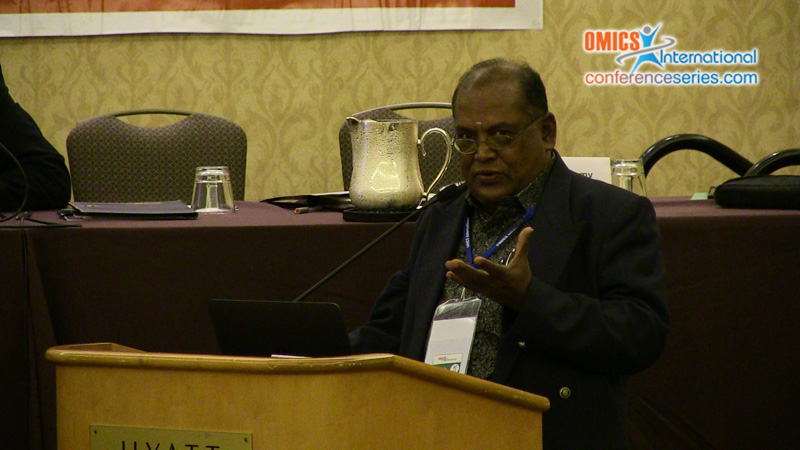
S M Ramasamy
Bharathidasan University, India
Title: Pattern and behavior of rivers and the late quaternary crustal movements of South India
Biography
Biography: S M Ramasamy
Abstract
As the NNW – SSE orographic axis of the Western Ghats lies close to the western margin of the southern part of the Indian Peninsular, providing narrow steep slope to the west and wider shallow slope to the east, the westerlyflowing Western Ghats originatedriversgush into the Arabian Sea, whereas the easterly flowing Bay of Bengal bound rivers display stabilized flow and well developed life histories. Such easterly flowing rivers of Tamil Nadu from north to south namely the Palar, Ponnaiyar, Cauvery, Vaigai, Tamiraparani etc were studied for their pattern and flow behavior using satellite remote sensing,C14 dating, archaeology, epigraphy, and evidences from Tamil literature. The study revealed the phenomenal migration and varied anomalies of these rivers and the related crustal movements in parts of South India. The major river Cauvery which flowed easterly from the Western Ghats upto Hogenakkal seems to have branched off into three major palaeo courses; (i) the palaeo course system – 1 (PCS - 1) along Hogenakkal – Chennai with north easterly flow in the north, (ii) the PCS – 2 in east – south easterly direction along present day Ponnaiyar path meeting the sea in Cuddalore in the Centre and (iii) PCS – 3 with abrupt southerly and easterly flow between Hogenakkal and Tiruchirappalli in the south. In Tiruchirappalli, it branches off as a wide palaeo distributary system from the present day Pudukkottai Vellar River in the south to the Coleroon River in the north. The analyses of these in conjunction with other drainage anomalies, tectonic features and the above age dating tools showed that the river Cauvery flowed in Hogenakkal – Chennai tract during 500,000 – 3000 YBP (Years Before Present) and migrated southerly to PCS - 2 due to E-W cymatogenic arching along Mangalore-Chennai. Similarly, the Cauvery riverseems to have flowed along PCS – 2 during 2700 – 2300 YBP and migrated further southerly to PCS – 3 due to frequent storm surges in Cuddalore confluencing point, the opening up of the faults in Hogenakkal – Erode region and the phenomenon of river capture by Proto Amaravati flowing along Tiruchirappalli. The Cauvery which flowed along PCS – 3 during 2100 YBP in Pudukkottai Vellar path anticlockwisely migrated and stabilized as Coleroon around 750 YBP due to N-S block faulting in the southern Pudukkottai– Pattukkottai– Mannarkudi area. All the other rivers which currently flow, seems to be Misfit Rivers over the left out traces of Cauvery. These Misfit Rivers too preferentially migrate and show various drainage anomalies. The Vaigai river flowing south of Cauvery shows lobate deltas in three stages indicating E – W cymatogenic arching along Cochin – Madurai – Rameshwaram. The easterly flowing Tamiraparani indicates anE – W grabening. Such life histories of the rivers show the E – W trending alternate cymatogenic arching and deepening and the transverse faults with Sinistral & Dextral geometries indicating the still ongoing northerly directed compressive force which has originally drifted Indian Plate towards north.




